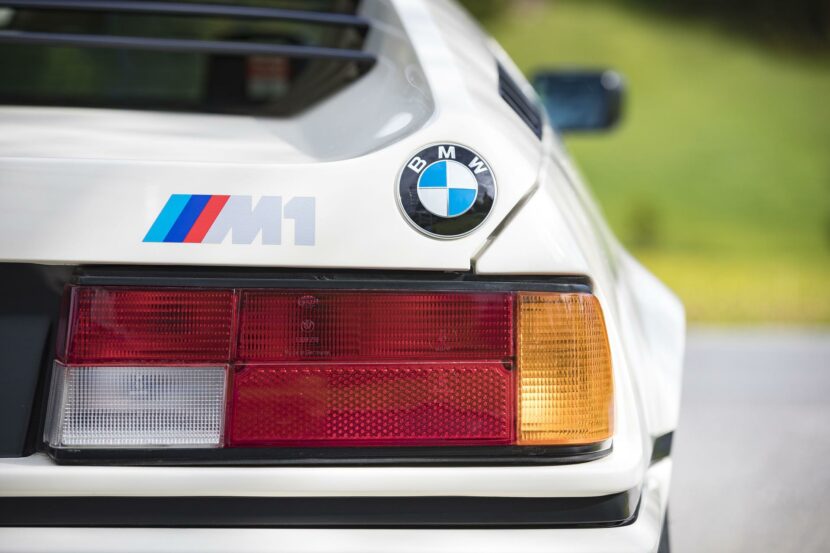The MINI Cooper SE, the brand’s first fully electric car, is already causing quite a stir. According to the Brits, over 78,000 people have shown interest in buying one already, with over 45,000 people putting in an order before the car was even made available. Those are strong figures showing the MINI Cooper SE could be the way to move forward for the winged logo. The biggest issue surrounding the car right now though is how far can one travel before running out of juice.
MINI said the car was tested in the new WLTP cycle used in Europe and returned an expected range of 146-167 miles (235-270 km). Those were encouraging figures to start off with. However, the MINI USA website shows a different range altogether, down to 110 miles (176 km). While no official EPA range estimate was provided, the difference in the range estimates can be explained in a number of ways.
First of all, EPA estimates are usually a lot lower than WLTP ones. One recent example comes from the Porsche Taycan, the Turbo version being rated for 201 miles (323 km) by the EPA, a figure so low that it forced Porsche to hire an independent testing firm to do a different run and compare results. That’s because the WLTP estimated the range of the car at up to 280 miles (450 km), a noticeable difference.
We’re not sure how MINI ended up estimating the range of the Cooper SE at just 110 miles but we have a hunch they know more about what the EPA will say about the car than we do right now.
MINI Cooper SE goes for a ride on the Transfagarasan Road in Romania
As far as charging goes, the MINI Cooper SE will have a J1772 plug-in charge port which can deliver up to 11 kW Level 2, as well as a CCS DC port with charging at speeds of up to 50 kW. On the DC Charger, the MINI Cooper SE is capable of going from nearly empty to 80 percent in about 30 minutes. When plugged into a 7.2 kW charger 80 percent gain from about flat occurs in 2 and a half hrs.
The MINI Cooper SE has a 184 hp (135kW) electric motor that makes 200 lb-ft of torque and is the same motor used in the BMW i3. The MINI Cooper SE, however, will be typical MINI and front wheel drive versus an i3 which is rear-wheel drive. Being a pure EV, means the center of gravity is lower and as such compared to a typical MINI Cooper, the center of gravity drops by 30mm. The car has a 60/40 weight distribution in-line with other MINIs.
Nevertheless, the MINI Cooper SE is meant to be a fun city-car. The car will go on sale early next year and we can’t wait to drive it ourselves to see if it’s worthy of the hype.





































































